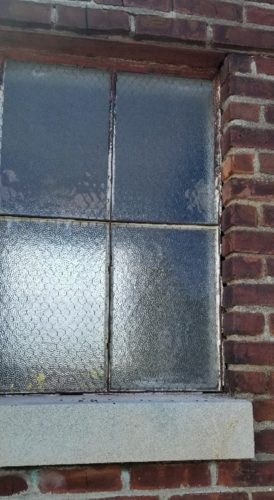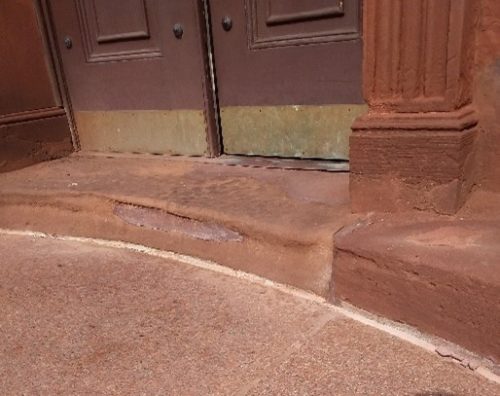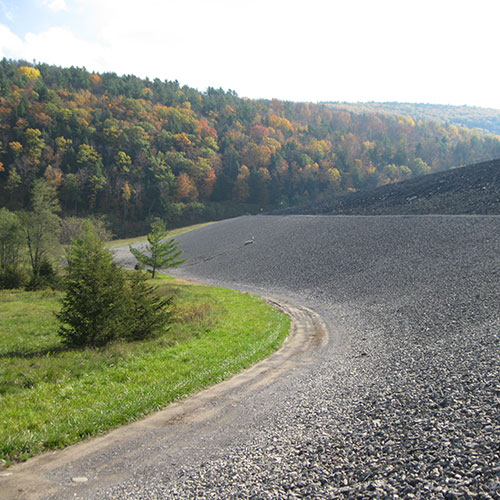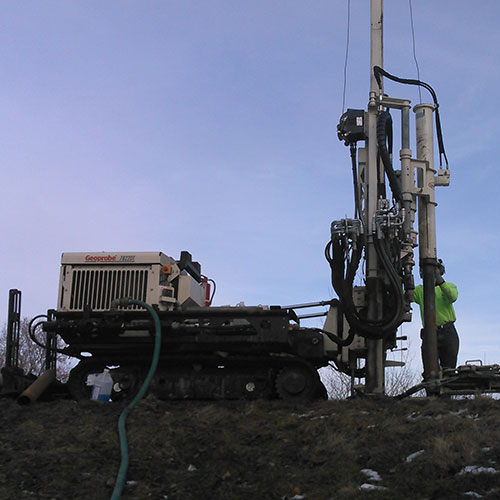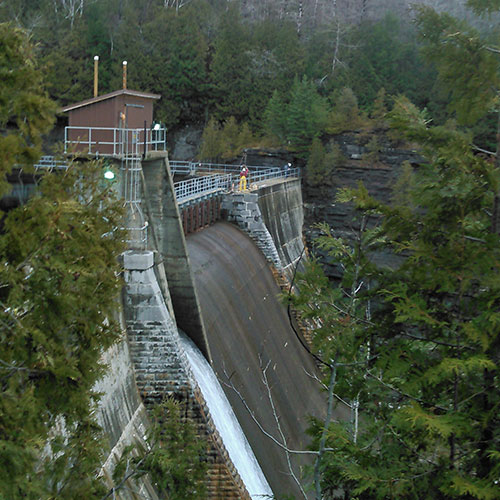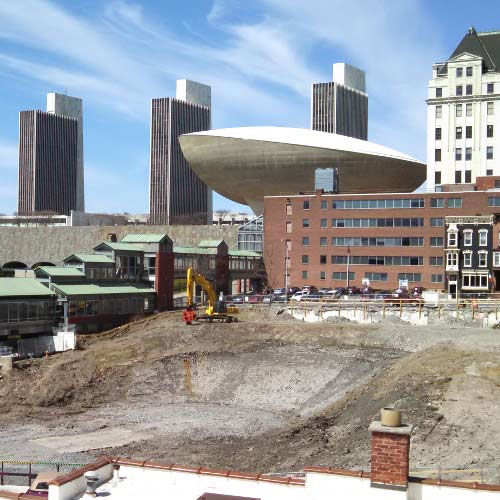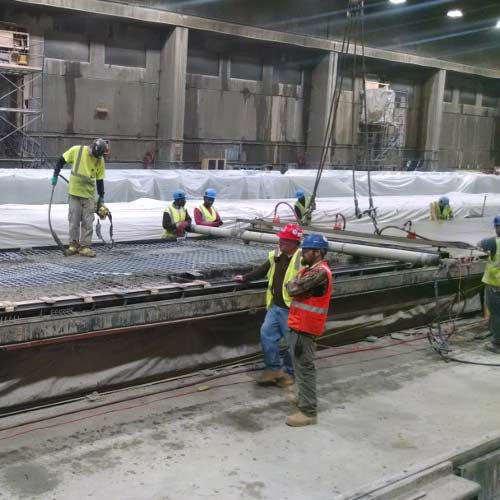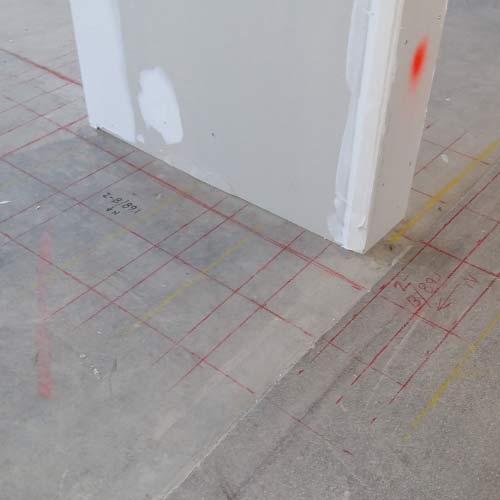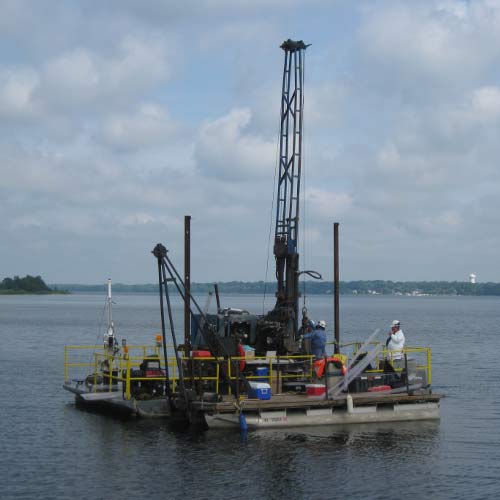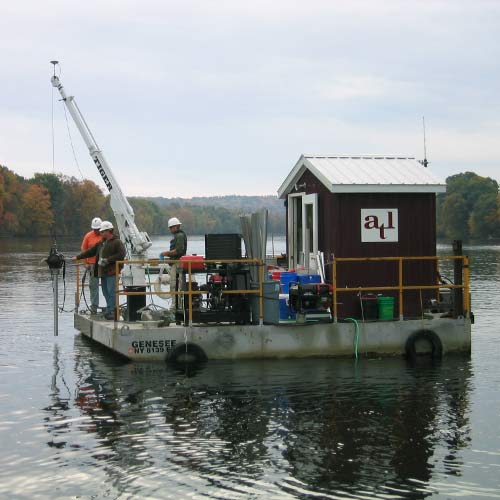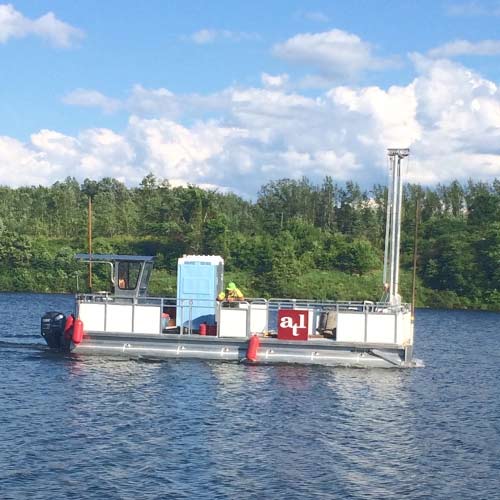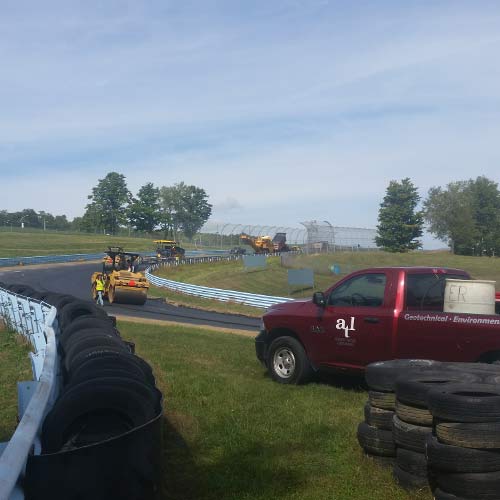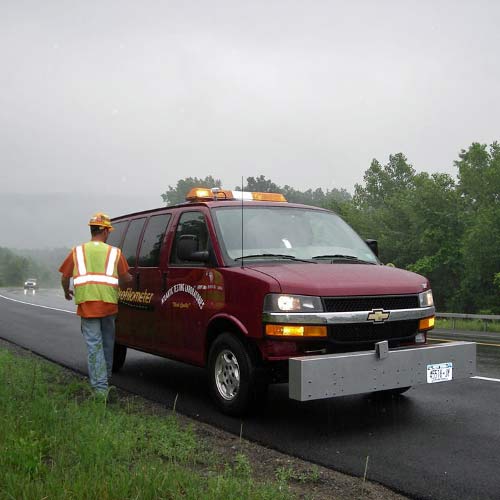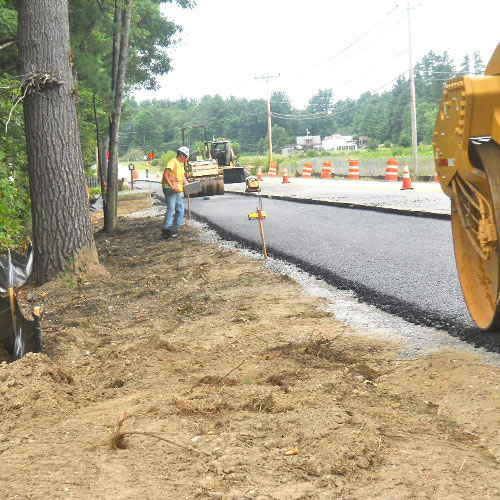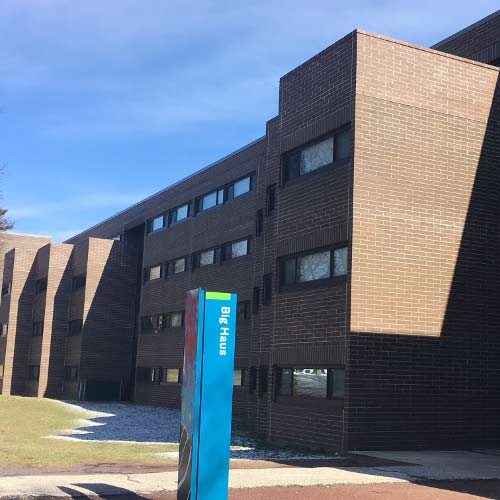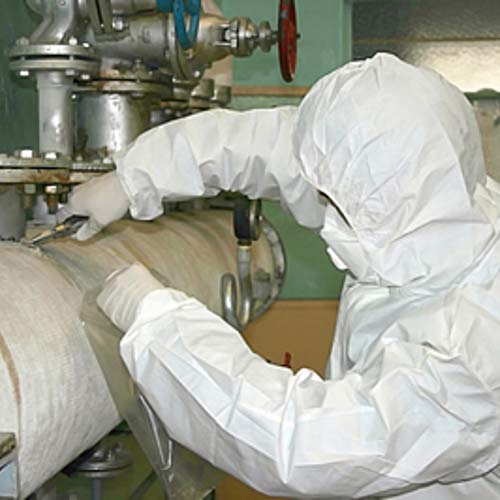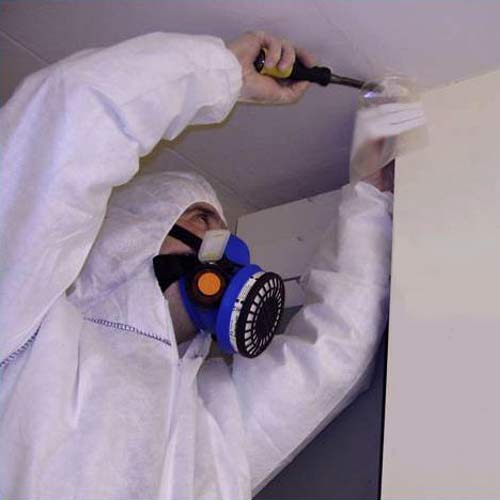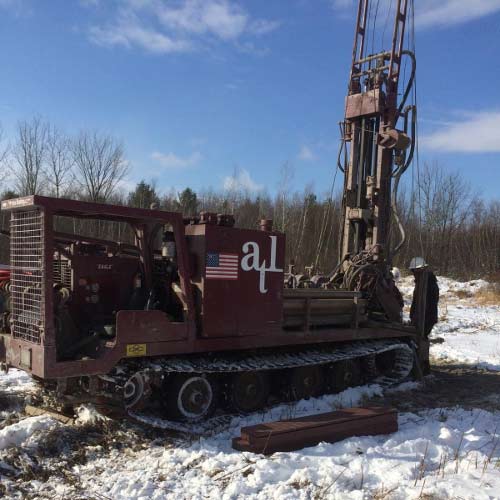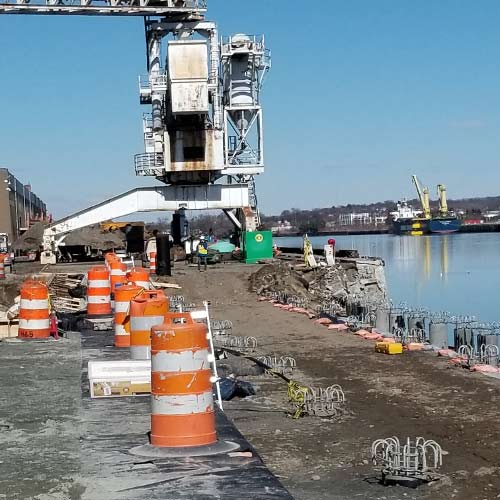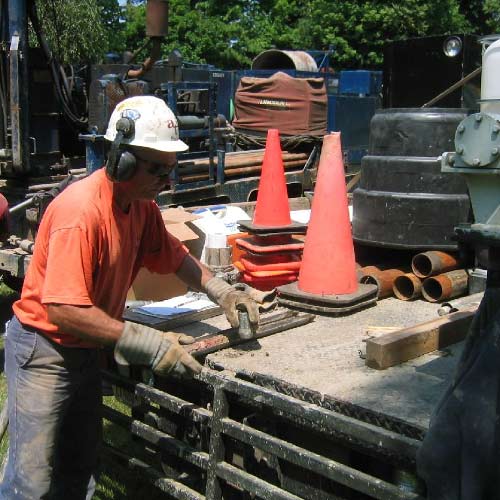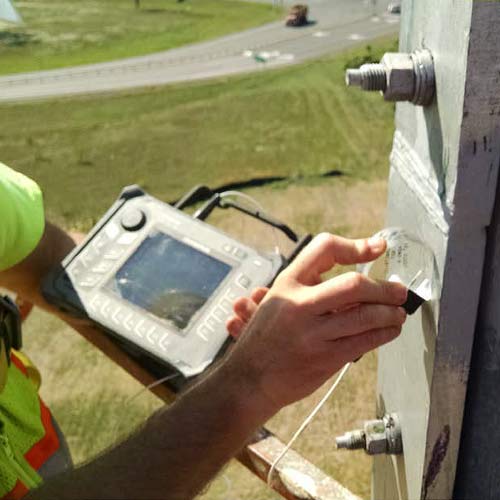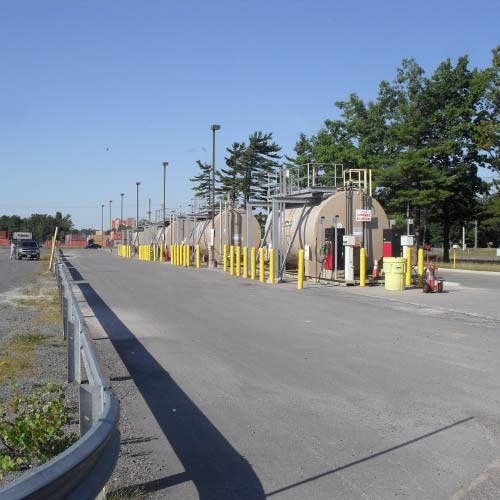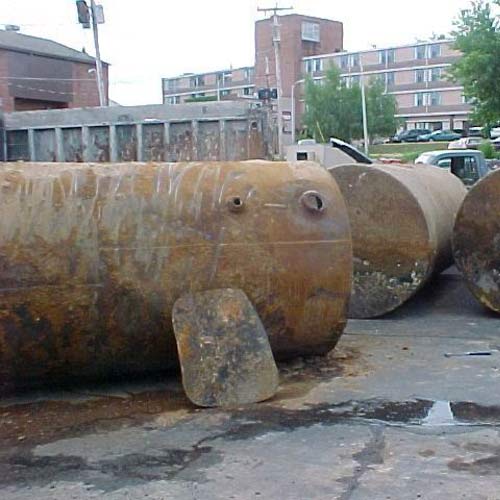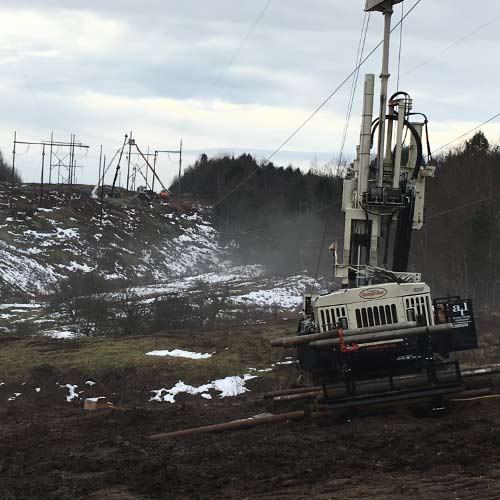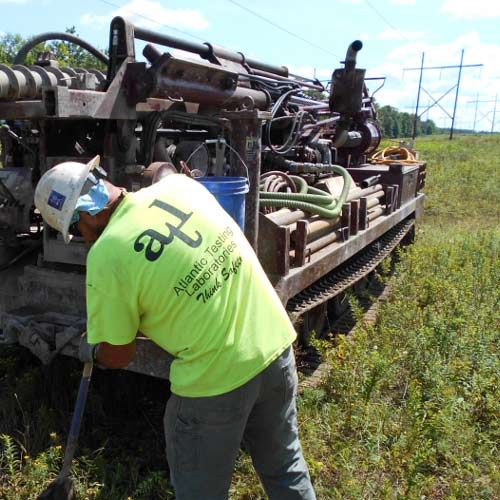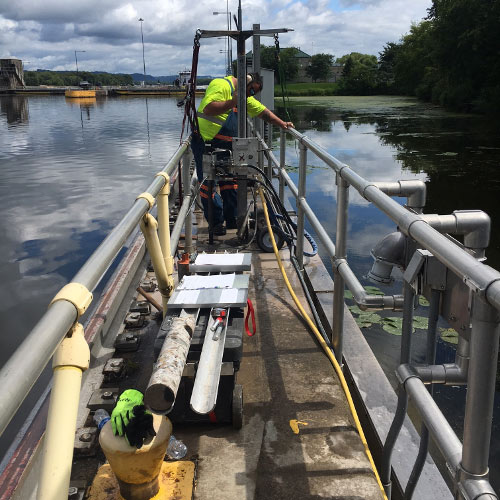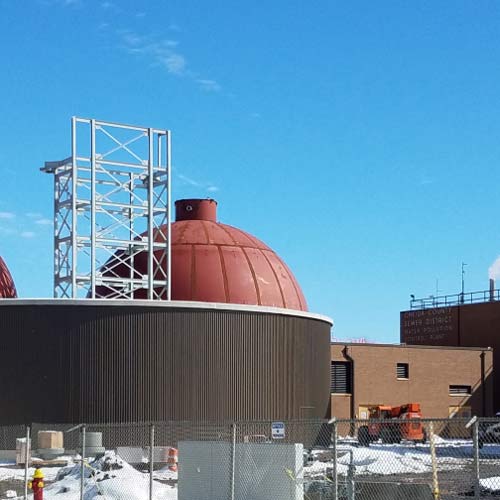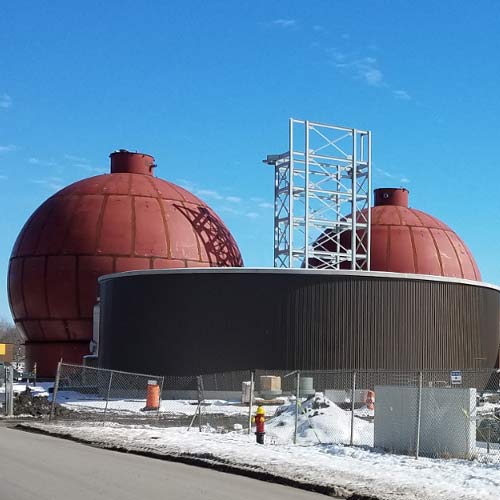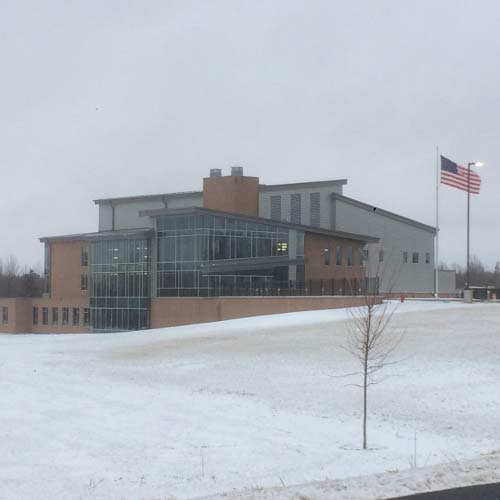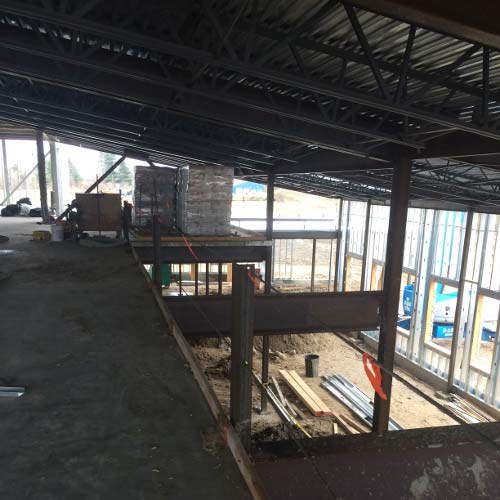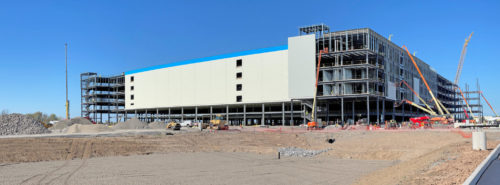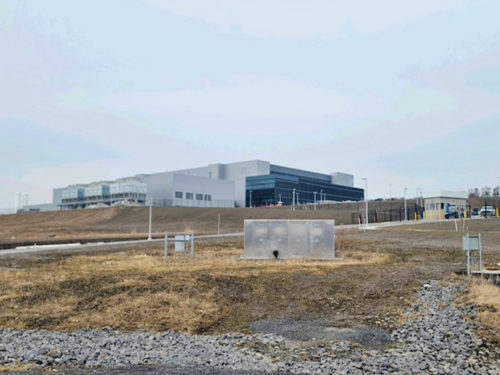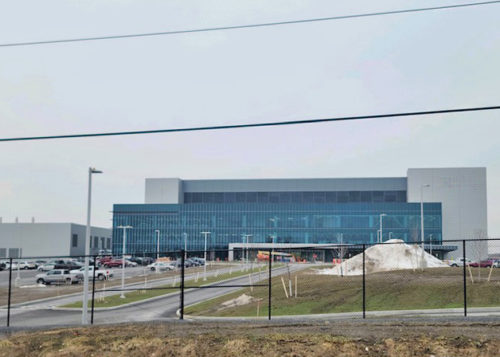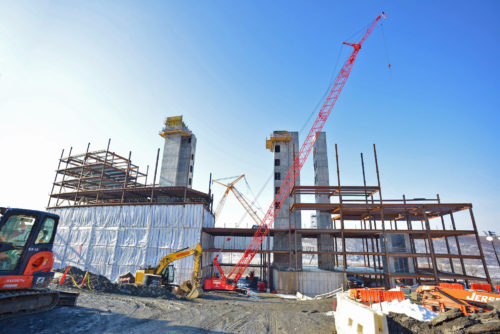Click the following link to view the PDF of this paper: PCB in Caulk

Cheyenne J. Dashnaw, PE
Senior Engineer
Atlantic Testing Laboratories
Polychlorinated biphenyls (PCB) are a group of manmade chemicals that were introduced in the 1930’s due to their chemical stability, non-flammability, high boiling point, and insulating properties. These characteristics made PCB ideal for use in electrical, heat transfer, and hydraulic equipment, plasticizers in paints and plastics, pigments, dyes, and a wide array of other industrial and commercial applications.
PCB production and use was halted in the 1970s when it was discovered that PCB are toxic, persistent in the environment, and bioaccumulate, meaning that they are easily absorbed through skin and the respiratory surface over time and are retained in fatty tissue. PCB acute toxicity is relatively low, with most of its health impacts being chronic in nature, including reproductive dysfunction, weight loss, chloracne, alopecia, and atomegaly (liver enlargement).
In schools, especially those built before 1977, one of the most common PCB-containing materials is caulk. Caulk is often found around windows, doors, expansion joints, HVAC equipment, and bathroom fixtures. Due to its longevity, PCB caulk may appear newer than it actually is and in good condition, resulting in it often being overlooked by building owners as a potential hazard. In consideration of the various properties, uses, and locations for PCB, a professional environmental consultant with experience in environmental investigation and testing should be consulted to identify potential PCB-containing materials prior to any renovation or demolition activities.
PCB caulk is primarily regulated by the United States Environmental Protection Agency (USEPA). The USEPA has issued several documents and enforces federal mandated laws and regulations governing the usage, management, and disposal of PCB-containing materials, including caulk. State and local regulatory agencies have also enacted laws and regulations concerning PCB materials, many of which are consistent with the regulations set forth by the USEPA. In accordance with the regulations and guidelines presented in 40 CFR Parts 750 and 761, “Disposal of Polychlorinated Biphenyls”, as maintained by the EPA, PCB wastes are generally regulated for disposal under the Toxic Substances Control Act (TSCA) if the concentrations are 50 parts per million (ppm) or greater. Consistent with the USEPA, the New York State Department of Environmental Conservation (NYSDEC) regulations define material containing PCB at 50 ppm or greater as regulated hazardous waste. The New York State Education Department recommends sampling soil adjacent to locations with PCB-containing caulk due to the likelihood that the caulk has dried out and fallen to the ground. For sites in New York, samples of caulk and other bulk materials (including soil) are submitted to a New York State Department of Health (NYSDOH) Environmental Laboratory Approval Program (ELAP) certified laboratory for total PCB analysis.In schools, especially those built before 1977, one of the most common PCB-containing materials is caulk. Caulk is often found around windows, doors, expansion joints, HVAC equipment, and bathroom fixtures. Due to its longevity, PCB caulk may appear newer than it actually is and in good condition, resulting in it often being overlooked by building owners as a potential hazard. In consideration of the various properties, uses, and locations for PCB, a professional environmental consultant with experience in environmental investigation and testing should be consulted to identify potential PCB-containing materials prior to any renovation or demolition activities.
Caulk may not only contain PCB, but may also contain asbestos, lead, and/or other metals. The separate hazardous materials are regulated under different regulations and guidance documents. For example, if PCB-containing caulk being abated in a school contains lead, it should also be addressed using the United States Department of Housing and Urban Development (HUD), EPA, and/or OSHA required protocol. If the caulk contains asbestos in addition to either lead or PCB, it should be managed in accordance with the New York State Department of Labor (NYSDOL) Code Rule 56. The complexity of sampling and managing caulk, especially with the potential for multiple hazardous materials, reinforces the importance of hiring an experienced environmental consultant prior to renovation or demolition activities.
If you have a project that has caulk or other potential PCB-containing materials, ATL, a WBE certified company, has experienced environmental professionals in locations throughout New York State, to provide consultation and perform sampling and analysis services.
For more information, contact Cheyenne Dashnaw, PE at 315-386-4578, info@atlantictesting.com, or visit AtlanticTesting.com.
|
ASSOCIATED SERVICES
|
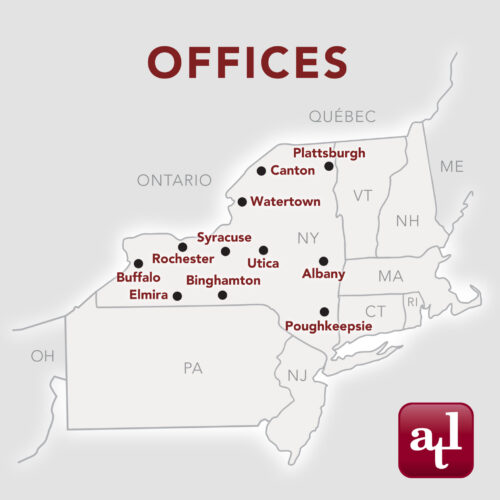 |

